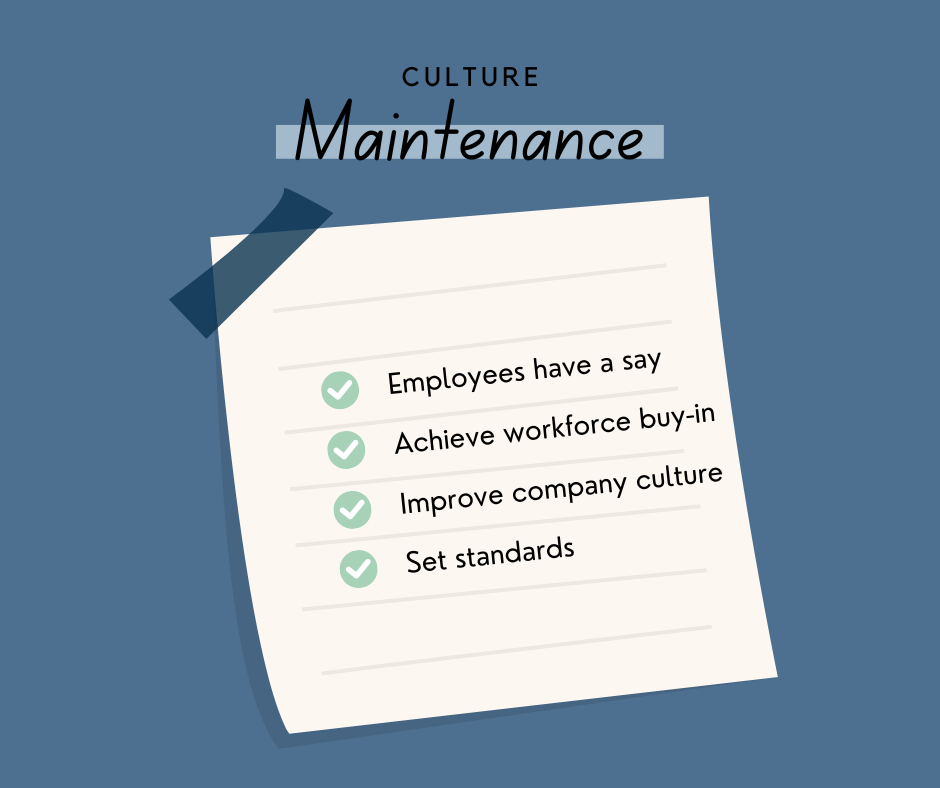 Maintenance is a common word in the workplace, but can mean a variety of different things, especially in relation to Health & Safety. Typically, it is thought of as keeping an organisation’s operational plant, fixed or mobile, in working order through proactive or reactive means.
Maintenance is a common word in the workplace, but can mean a variety of different things, especially in relation to Health & Safety. Typically, it is thought of as keeping an organisation’s operational plant, fixed or mobile, in working order through proactive or reactive means.
This involves the servicing of those systems, usually via regular intervals of servicing on a set schedule, mainly to prevent breakdown, loss of functionality and operational output – although implications of malfunctioning equipment have clear safety risks.
Common examples of such maintenance are vehicle servicing, lifting equipment thorough examinations and local exhaust ventilation pull tests.
Who Needs to Worry about Maintenance?
 However even an organisation with little to no traditional operating processes outside of an office space must consider maintenance. PAT testing of wired electrical equipment such as extension cables and welfare equipment are counted as maintenance, as is boiler servicing and fixed electrical testing of a premises. Whilst less obvious than the controls stated with larger operational processes, a lack of proactivity with this type of maintenance could have even more severe consequences as they intended to minimise the likelihood of fires in the working area.
However even an organisation with little to no traditional operating processes outside of an office space must consider maintenance. PAT testing of wired electrical equipment such as extension cables and welfare equipment are counted as maintenance, as is boiler servicing and fixed electrical testing of a premises. Whilst less obvious than the controls stated with larger operational processes, a lack of proactivity with this type of maintenance could have even more severe consequences as they intended to minimise the likelihood of fires in the working area.
What Role Does General Housekeeping Have?
 A lesser thought of type of maintenance though is general housekeeping of a premises, whether that be an office complex or a construction site. Keeping a working area tidy and well organised not only minimises trip hazards and increases clear segregation of combustibles from sources of ignition, but it also sends a message to anyone entering that place of work, a message that there are standards to adhere to that apply to all.
A lesser thought of type of maintenance though is general housekeeping of a premises, whether that be an office complex or a construction site. Keeping a working area tidy and well organised not only minimises trip hazards and increases clear segregation of combustibles from sources of ignition, but it also sends a message to anyone entering that place of work, a message that there are standards to adhere to that apply to all.
How many times have you walked into a place, in work or otherwise and immediately thought “I need to be on best behaviour here”? Likewise how many times have you walked into an area and thought “I can do what I want here”? First impressions are important and regardless of what the housekeeping rules are in a working area, if people see that they are being adhered to by others they will more likely adhere to them themselves.
Why is Workplace Maintenance So Important?
 It is what leads from this last point where the word maintenance plays its most important function. The definition of maintenance is “The process of preserving a condition or situation or the state of being preserved”. Achieving a standard of suitable Health and Safety in the workplace can be challenging, but the real challenge comes in keeping to that standard and improving it as resources and rules change.
It is what leads from this last point where the word maintenance plays its most important function. The definition of maintenance is “The process of preserving a condition or situation or the state of being preserved”. Achieving a standard of suitable Health and Safety in the workplace can be challenging, but the real challenge comes in keeping to that standard and improving it as resources and rules change.
This is where culture maintenance comes in. The people within an organisation require maintenance as well as any machine or piece of equipment, via training and having a say in the H&S of an organisation through its committees or unions. These controls assist in achieving buy-in from the workforce, improving and maintaining an organisation’s culture, and therefore setting the standards for all people that walk into your premises. Everything mentioned above in this blog becomes much easier from then on in for employees and employers alike.
If you need advice for achieving a high standard of Health and Safety in the workplace, our team of expert consultants are here to help – get in touch!
Written by James Ross, Senior SHEQ Consultant at WA Management.

We’re currently running a 10% off deal on our Electrical Safety, Fire Safety, Fire Wardens and Slips, Trips & Falls training courses until the end of September. Simply enter the code ‘maintenance10’ at checkout to save!
Read more Consultant’s blogs here.
To keep up to date with the latest health & safety news and advice, follow us on social media:
